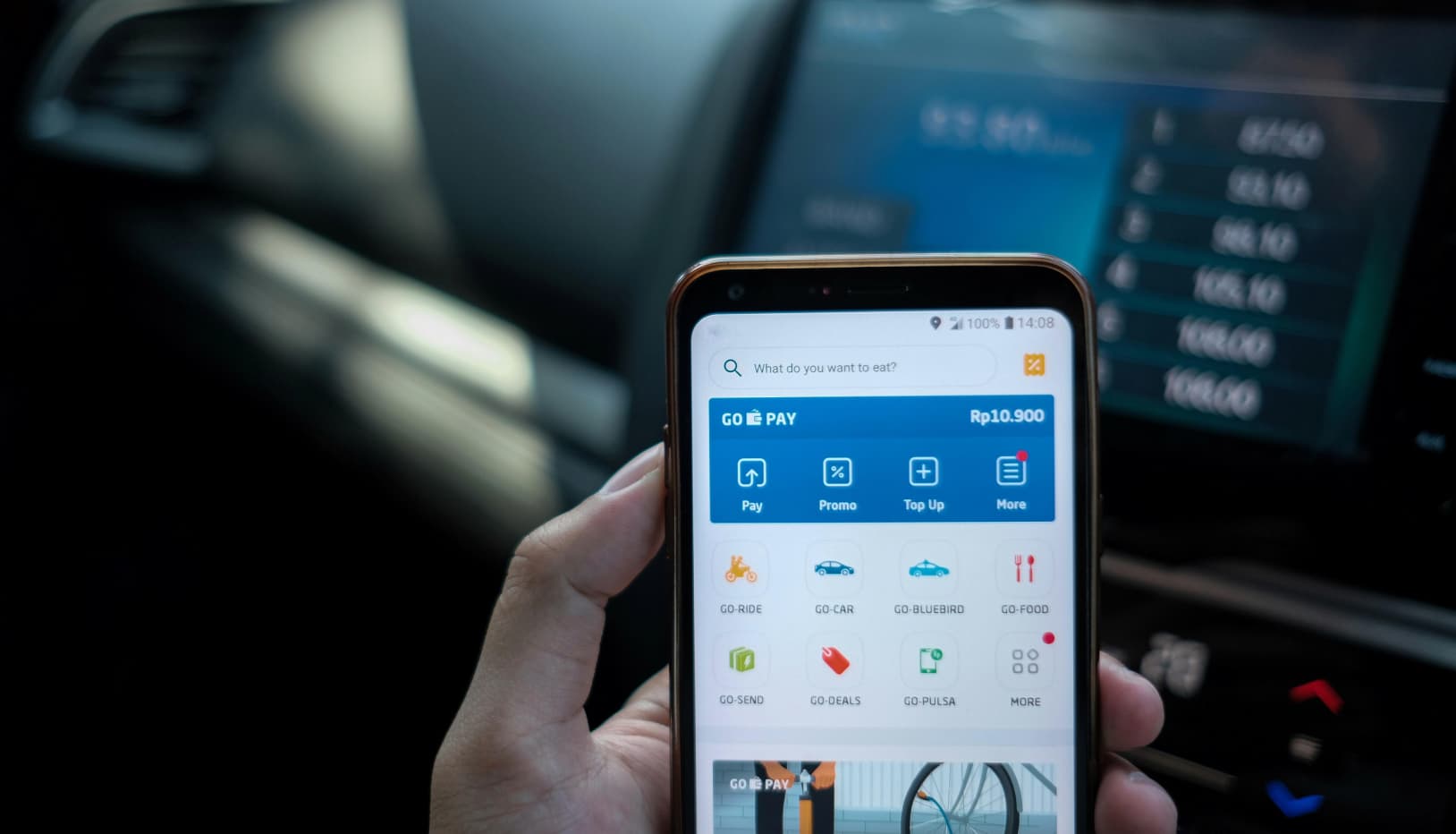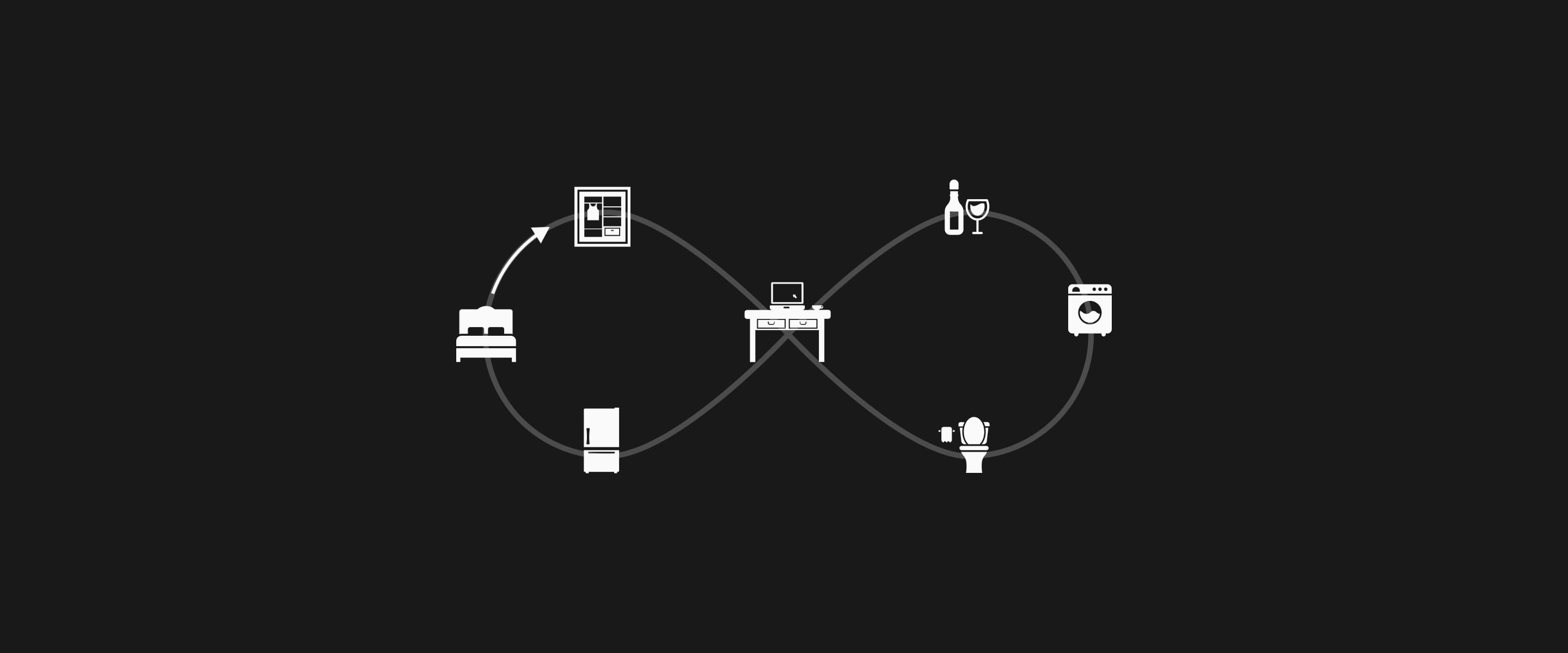The traditional workforce of long-term salaried staff employed by companies is fast being replaced by gig workers in a fluid, ever-shifting labour market.

Mobile apps help gig workers seek out on-demand tasks.
Gig work, which comprises ad-hoc jobs, short-term contracts and on-demand services, has been boosted by the invention of digital platforms that match freelancers directly with customers. Social media has also made it easier for independent workers and freelancers to build an online presence and find jobs quickly and efficiently.
The barriers of entry are low; anyone with access to the Internet can become a gig worker.
Even better gigs
According to a Mastercard report, global gig-economy transactions are forecast to grow by 17 per cent a year. This trend is clear in most digitally connected countries.
In Singapore, 8 per cent of employed residents were engaged in independent work in 2020, having risen to 228,000 from 200,000 in 2019. The numbers are more dramatic in the United States: over 30 per cent of the workforce is currently employed in the gig economy, and it is projected to grow to 50 per cent by 2027.
Flying solo
The surge in gig work was compounded by the closure of businesses during the pandemic, as many took up temporary jobs to supplement lost income.
But while some workers turn to contract work out of necessity, others prefer it for the flexibility, ease of working remotely and choice over assignments. These are critical considerations for caregivers. Hyperwallet’s survey of 2000 women in the gig economy found that 96 per cent saw flexibility as the primary advantage of such work.
For young professionals in creative, knowledge-intensive fields, many see 9-to-5 office jobs as stultifying. Instead, they may choose to build their own portfolio, seeking out jobs that align with their interests and passions.
Dangers on the job
Despite the potential perks of gig work, a rewarding career is hardly guaranteed. Income can be highly inconsistent, leading to long hours chasing tips or assignments that pay below market rate.
Risks are also disproportionately borne by individuals. As the pandemic destabilised economies worldwide, Statista reported that 52 per cent of global gig workers lost their jobs, while another 26 per cent saw their hours drop.
Yet, companies that rely on gig workers continue to classify them as “independent contractors” rather than employees. Hence, companies are not legally obligated to offer gig workers severance pay, medical benefits or paid leave. Most gig workers also do not belong to trade unions that can advocate for better conditions.
Gig workers in more hazardous lines of work, such as drivers and delivery riders, are not even insured for accidents or deaths that occur on the job. Trying to make ends meet, they are left to fend for themselves.

Fitness coaching is a common trade among freelancers who promote their personal brands through social media.
Meeting workers where they are
As more individuals enter the gig economy, universities are redesigning their curriculum to emphasise entrepreneurship. Babson College was the first US university to offer an MBA dedicated to the gig economy.
Governments are also rethinking labour policies. In 2021, Spain introduced a new law enshrining the rights of delivery riders by categorising them as wage labourers.
In today’s rapidly evolving labour market, individual workers are growing more empowered and more disenfranchised simultaneously. Governments and companies must work together to ensure that the burgeoning gig economy does not create a lost generation of workers permanently treading water.
Sources: The Atlantic, Harvard Business Review (1, 2), Hyperwallet, Statista, Wired, World Economic Forum








